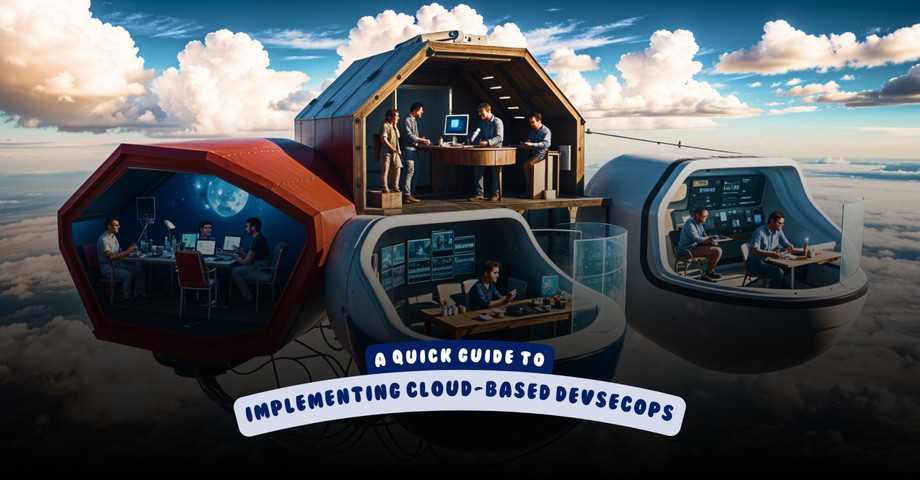DevSecOps is like assembling a superhero team for your software, combining development, operations, and security into a seamless, proactive approach. By embedding security into every stage of the development process, organizations can identify and mitigate vulnerabilities early, reducing security incidents by up to 50%. This shift-left strategy fosters collaboration between teams, ensuring that security becomes a shared responsibility rather than an afterthought. In a cloud-based environment, continuous monitoring and automated security testing are key, enabling faster delivery and enhanced resilience against threats.
Implementing DevSecOps involves adopting a security-first mindset, leveraging automation, and fostering collaboration across teams. Tools like Jenkins, SonarQube, and HashiCorp Vault can streamline security checks and integrate them into the CI/CD pipeline. By following best practices, such as proactive threat modeling and continuous improvement, organizations can create a secure, efficient development pipeline that is resilient against evolving cybersecurity threats.

